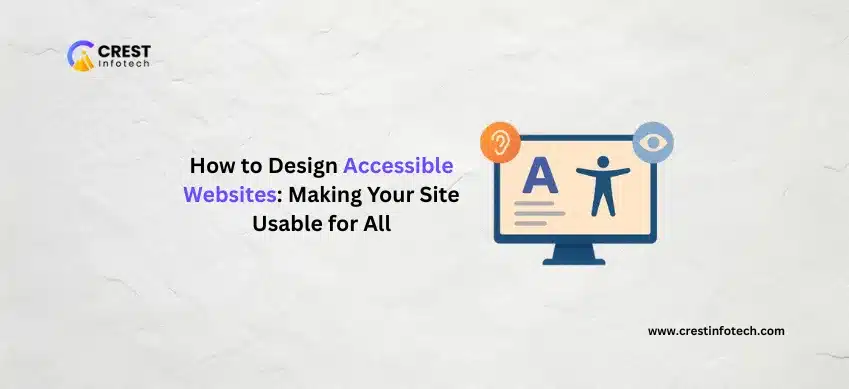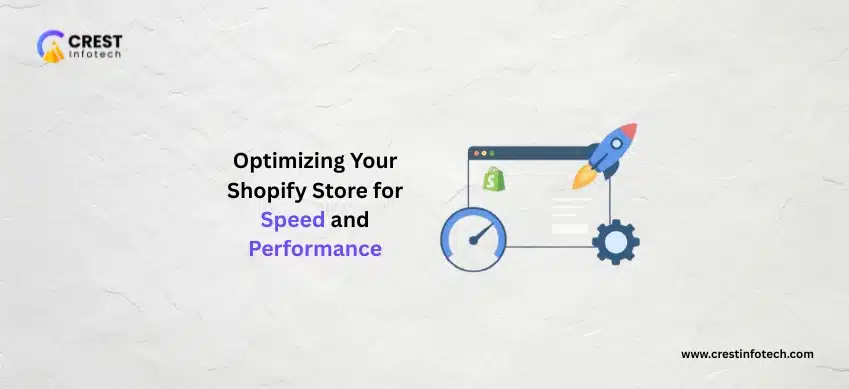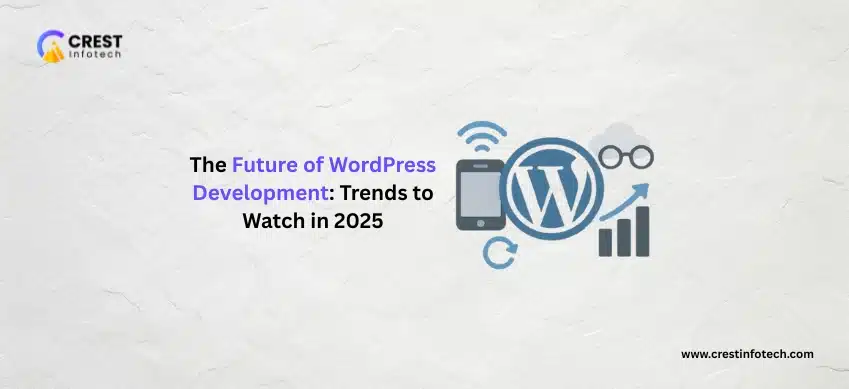Website accessibility ensures that all users — including those with disabilities — can navigate, understand, and interact with your content. Designing with accessibility in mind isn’t just about compliance; it’s about creating an inclusive experience that benefits everyone.
1. Understand What Accessibility Means
Accessibility means designing websites that work for people with a wide range of abilities and situations.
- Visual impairments: Color blindness, low vision, or complete blindness
- Auditory impairments: Hearing loss or deafness
- Motor disabilities: Difficulty using a mouse or keyboard
- Cognitive conditions: Learning disabilities, memory issues, or attention disorders
2. Use Semantic HTML
Clean, semantic HTML is the foundation of accessibility. It helps screen readers and assistive technologies interpret your site correctly.
- Use proper heading tags (
<h1>through<h6>) to structure content - Use
<nav>,<main>,<footer>for page regions - Label forms with
<label>elements and usearia-labelwhen needed
“Semantic HTML isn’t just best practice — it’s essential for screen reader compatibility.”
3. Ensure Sufficient Color Contrast
Poor contrast can make text unreadable for users with low vision or color blindness.
- Follow WCAG guidelines: text should have at least 4.5:1 contrast ratio
- Use tools like WebAIM’s Contrast Checker to test your colors
- Avoid using color alone to convey information
4. Make Your Site Keyboard Navigable
Many users rely on a keyboard or assistive technology rather than a mouse.
- Test navigation using only the Tab key
- Use visible focus indicators (like outlines) for links and form fields
- Ensure dropdowns, modals, and menus are fully keyboard accessible
5. Add Text Alternatives for Media
Visual and audio content should include alternatives for users who can’t see or hear them.
- Images: Use descriptive
alttext - Videos: Provide captions and transcripts
- Icons: Use
aria-labelor hidden text for assistive tools
“Alt text is not just an SEO trick — it’s how blind users ‘see’ your content.”
6. Test with Real Users and Tools
Automated tools can help, but real-world testing is key.
- Use screen readers like NVDA or VoiceOver to test navigation
- Check contrast, headings, and structure with tools like WAVE or Lighthouse
- Involve users with disabilities in your usability testing process
Final Thoughts
Accessible web design is not just the right thing to do — it’s smart, scalable, and future-proof. By building with empathy and inclusivity, you not only reach more users but also create a better experience for everyone.
Start with the basics. Test often. And remember: the web should be usable by all, regardless of ability.



